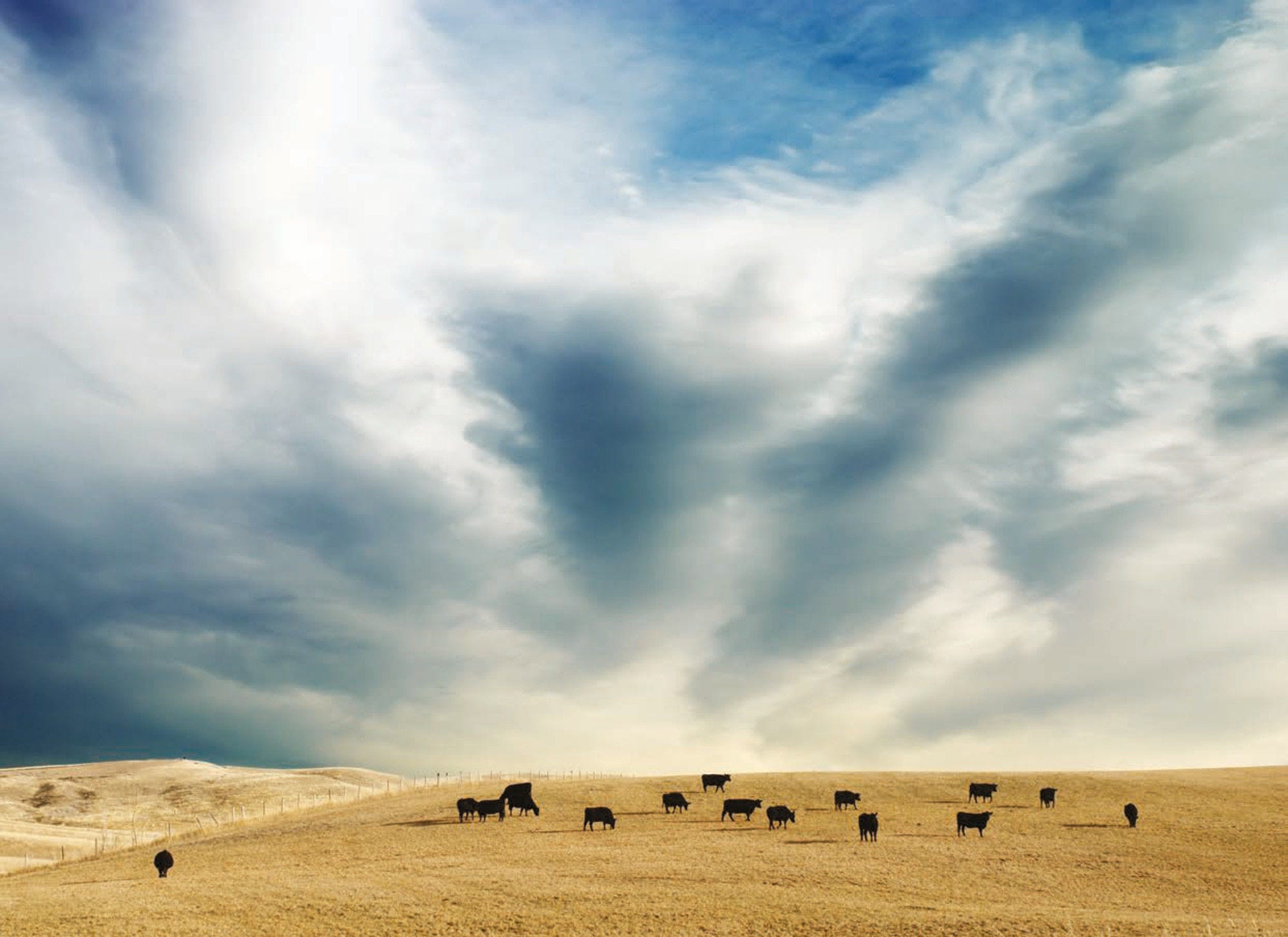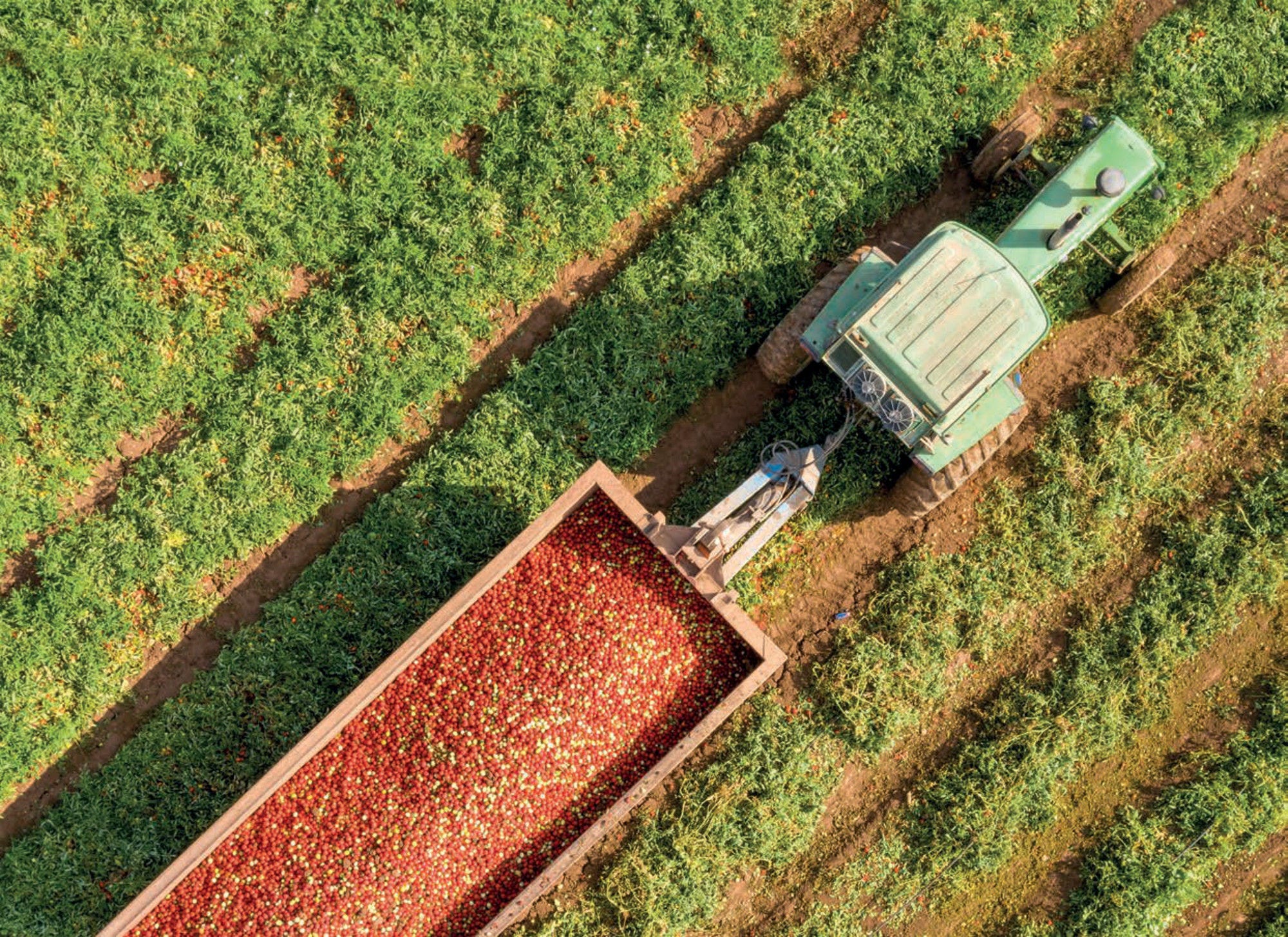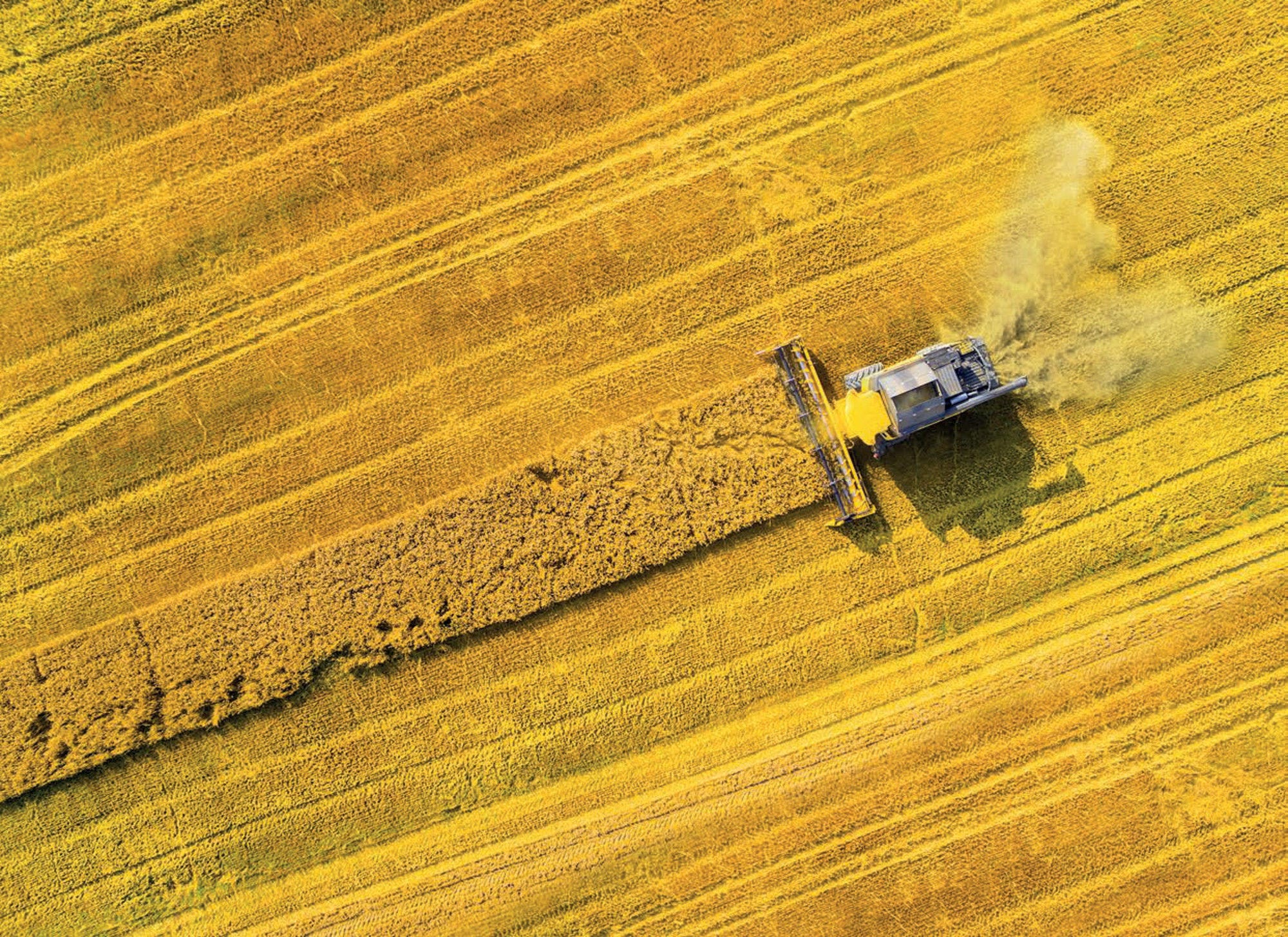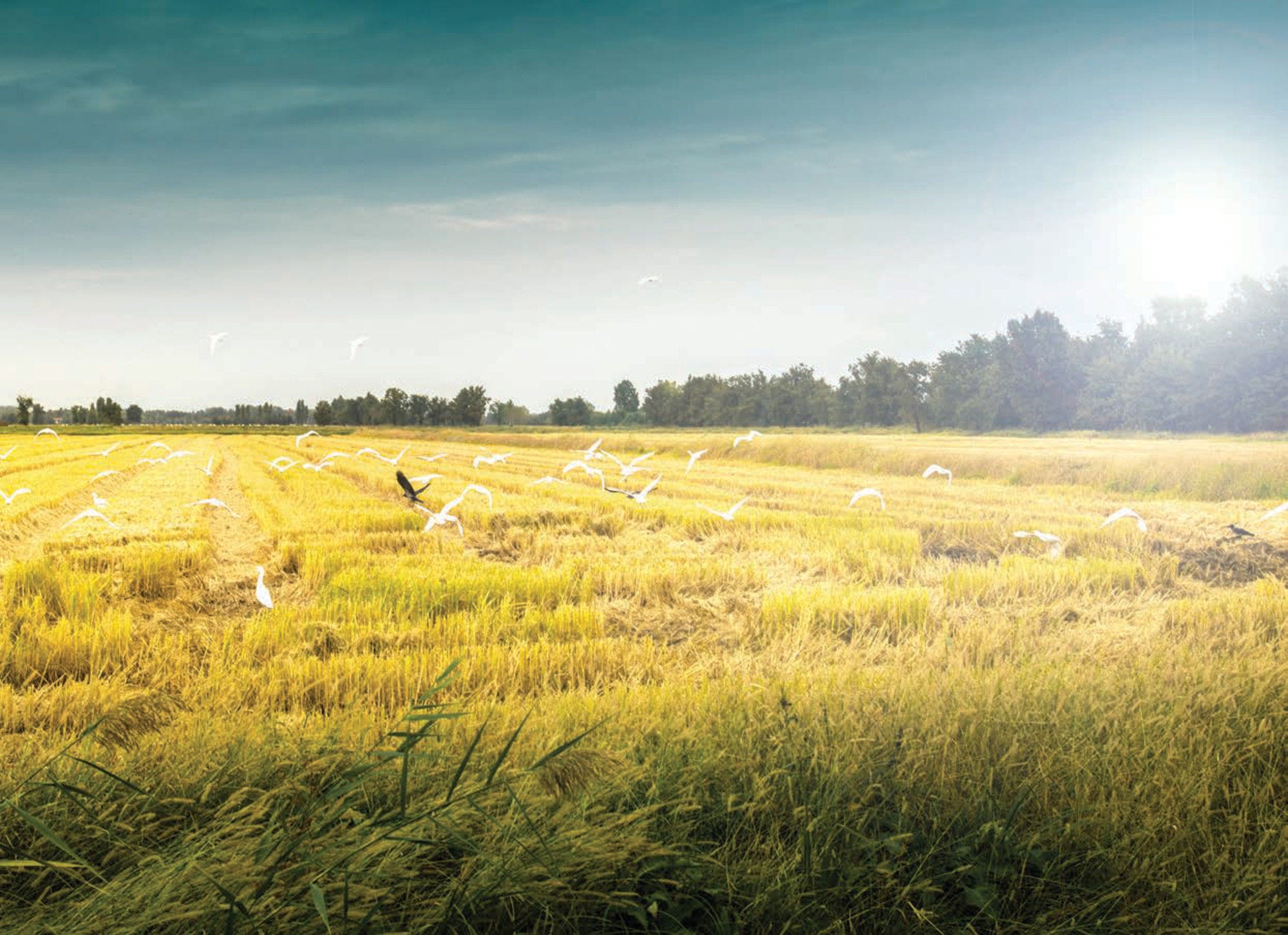This report is the 31st in the series of OECD reports that monitor and evaluate agricultural policies across countries, and the 6th report to include all 35 OECD countries, the 6 non-OECD EU Member States and a set of emerging economies: Brazil, the People’s Republic of China, Colombia, Costa Rica, Kazakhstan, the Philippines, the Russian Federation, South Africa, Ukraine and Viet Nam. This annual report is a unique source of up-to-date estimates of support to agriculture and uses a comprehensive system of measuring and classifying support to agriculture – the Producer and Consumer Support Estimates (PSEs and CSEs), the General Services Support Estimate (GSSE) and related indicators. These estimates provide insight into the increasingly complex nature of agricultural policy and serve as a basis for OECD’s agricultural policy monitoring and evaluation. Detailed data and documentation for the calculation of support are available on line www.oecd.org/agriculture/PSE.
Comprehensive country chapters and the Statistical Annex containing detailed background tables with indicators of agricultural support are available in electronic form at the publication website http://dx.doi.org/10.1787/agr_pol-2018-en.
Agricultural Policy Monitoring and Evaluation 2018

Abstract
Executive Summary
In 2015-17, the agricultural policies of the 51 countries covered in this report provided a total of USD 620 billion (EUR 556 billion) a year on average to their agricultural sectors. Around 78% of this, USD 484 billion (EUR 434 billion) a year, was transferred to individual producers, representing around 15% of gross farm receipts. This report considers recent policy developments across these 51 developed, emerging and developing economies.
Future growth in demand for diverse and high-quality food offers significant opportunities for agriculture. However, the sector faces a number of challenges in meeting future demand sustainably. These include increasing productivity growth, which in many economies is well below potential, enhancing the environmental performance of the sector, including in the context of a changing climate, and improving the resilience of farm households to weather, market and other ‘shocks’ that cannot always be anticipated.
Most agricultural policies in place today are not well-aligned with these objectives, although a few countries have long provided support in such a targeted manner and a number of others are moving in this direction. Lower levels of support and a shift towards less distorting and, in some cases, better targeted measures have reduced the trade-distorting effects of current policies. This in many cases has reduced the overall negative trade impacts of agricultural policies even beyond the reductions in support levels. However, progress within many countries remains partial, is not shared across all countries, and in some countries reliance on production and trade distorting measures is even increasing. In 2015-17, almost two-thirds of producer support across the 51 countries covered continued to be provided via measures that distort farm business decisions particularly strongly.
It is imperative that consideration be given, on a much more urgent basis, to shifting the policy effort towards addressing these challenges. Doing so requires a clear separation of measures that provide income support to farm households in need, from measures that would underpin increased farm productivity, sustainability, resilience, and overall profitability. Targeting transitional income support to farm households in need can both make that support more effective and free-up resources for public investment in agricultural innovation, environmental care, and resilience.
Recommendations
A first step is to remove existing policy dis-incentives to increasing productivity, sustainability, and resilience. Remaining production- and trade-distorting support, directly linked to output and input use, should be reduced over time and eventually eliminated. This would allow domestic and international markets to function better, discourage over-use of inputs that can damage the environment, and make limited public funds available for more efficient and effective alternative investments.
In many countries, agricultural support should then be re-directed to ensure the availability of public services that benefit producers, consumers and society overall. This can include effective human, animal and plant health systems, appropriate science-based biosecurity efforts, well-functioning agricultural innovation systems, and adequate physical and ‘soft’ infrastructure, amongst others.
Public investment in research, including efforts to ensure that the outputs of this research reach farmers, can go a long way to ensure that the sector has the capacity to respond to evolving needs and challenges. Collaboration on knowledge generation and transfer with public and private actors – nationally, regionally and internationally – should be encouraged. New information and communication technologies (ICT) also appear to offer untapped potential to improve policy performance and performance on farms ‑ productivity, sustainability, and resilience.
Where knowledge of agri-environmental performance allows, consideration should be given to drawing on the full range of economic instruments (including information, education, regulation, payments and taxes) in pursuit of environmental and climate change goals. Where this knowledge is inadequate, relevant data and indicators need to be developed. Improved policy performance will require a robust information base on environmental outcomes from alternative agricultural production practices, and their links to policy incentives.
Governments should streamline their risk management policies by clearly defining the limits between normal business risks, risks for which market solutions can be developed, and catastrophic risks requiring public engagement. Doing so enables pre-defined public intervention, when required, while sending clear signals to farmers and other private agents for developing relevant on-farm and market-based, privately-organised risk management tools. Governments can also play a proactive role in providing information on market risks and coping strategies for farmers and the private sector in order to facilitate the development of risk management strategies and tools.
In many countries there is a long-standing need to improve understanding of the financial and well-being situation of farm households in order to design effective farm income support measures. Internally consistent data are often lacking on the income and wealth status of farm households, going beyond aggregates and averages to encompass the distribution of financial conditions across the full range of farm households, relative to non-farm households in any given country.
Finally, it is important to recall that farm households respond to the full set of economic, market and policy factors at play. An essential implication is that policy makers need to design coherent policy packages that can address the many opportunities and challenges confronting the sector, and farm households, at any given moment in time. This requires a well-integrated and comprehensive approach to policy development, within and across governments, both domestically and internationally.









